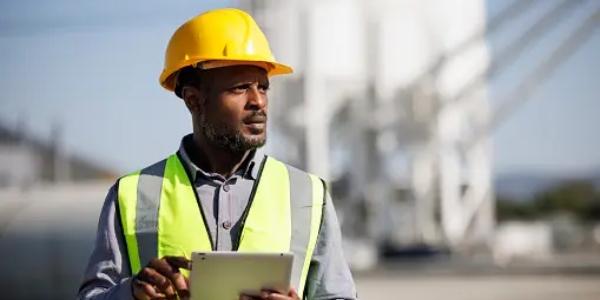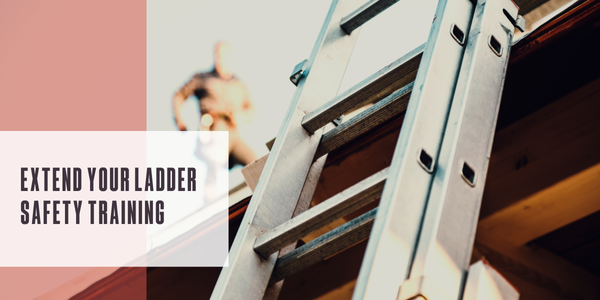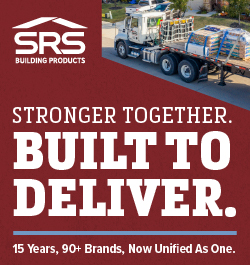A Guide to Ensuring Safety in the Roofing Industry: 10 Crucial Measures

By John Kenney, Cotney Consulting Group.
Here's a helpful ten-step guide to establishing core safety measures.
The roofing industry is synonymous with substantial risk, consistently ranking near the top nationwide for nonfatal fall rates. This dangerous trend continues, with roofers exposed to the highest risk for fatal and nonfatal falls. Therefore, it is imperative that employers strictly adhere to safety precautions to minimize potential injuries.
Here are ten essential safety measures recommended for the roofing industry:
- Adherence to OSHA regulations: The roofing industry is fraught with risks, and numerous construction companies have incurred penalties due to fall hazards. This persistent issue has prompted the establishment of roofing compliance groups underpinned by OSHA safety regulations. Employers unaware of OSHA standards for fall protection should seek advice from an OSHA safety officer for explicit rooftop work requirements. Safety should always be the overriding priority in the workplace.
- Mandatory use of safety harnesses: Building owners and general contractors are trending toward requiring workers to wear safety harnesses while working on rooftops at all times. These devices can significantly reduce the risk of fatal falls. Harnesses must be appropriately fitted and anchored to a point capable of supporting the worker's weight. It is vital to test harnesses before use.
- Utilization of proper equipment: The appropriate equipment is essential when working on rooftops, with the requirements varying based on the type of roof. Despite flat roofs demanding fewer equipment pieces, all roof work requires tools such as ladders, scaffolding and power tools. A frequently disregarded safety measure is the hard hat, a necessity for every roofer to mitigate potential injuries from falls.
- Installation of guardrails or safety netting: These provide an added layer of protection during rooftop work. While guardrails prevent workers from falling off, safety netting catches falling debris. Guardrails and safety netting should be rigorously tested like safety harnesses to confirm their reliability.
- Implementation of fall arrest systems: These systems, connected to a safety harness via an anchor and cord, allow roofers to navigate the rooftop without the risk of falling. Combining safety harnesses, fall arrest systems and safety netting ensures that solo roofers can return to safety. Ideally, there should always be a two-person team on the job.
- Wearing of appropriate footwear: Suitable footwear with non-slip soles offering good traction is crucial for rooftop work. High-top boots or shoes are also recommended to safeguard the worker's ankles.
- Provision of adequate training: Although not every roofer attends a vocational school or other professional training, they should all receive comprehensive training under an experienced professional before undertaking rooftop tasks. Training should cover safety functions, tool and equipment usage and materials management. Employers must emphasize the importance of avoiding hazards like falls, falling objects, heat exposure and electrocution and encourage reporting of unsafe practices.
- Awareness of weather conditions: Working on a rooftop during heavy rain or snowfall is dangerous, but work may not always be postponed. Hence, roofers need to exercise extra caution during harsh weather conditions. High winds, rain and lightning can all exacerbate the risk of falls.
- Establishment of a communication plan: Effective communication is pivotal for rooftop work. In an emergency, workers need a reliable method of reaching out to ground-based colleagues or the main office. They should have emergency contact numbers, including those for police, hospitals and their employer, readily available on their phones.
- Inspection of the rooftop prior to work: A thorough assessment of the rooftop for potential hazards such as holes or loose debris should be conducted before starting work. Any identified risks must be addressed promptly; if this is not feasible, the job should be postponed until the issue is resolved.
Prioritizing the safety of workers in the roofing industry is not only a moral obligation but also a legal one. Overlooking or compromising on safety measures can lead to significant human and financial losses. The steps outlined above serve as a comprehensive guide to creating a safer working environment for roofers. However, these steps are by no means exhaustive. Roofing companies must continue to review and improve their safety procedures regularly to ensure the highest levels of protection.
Remember, safety protocols are only effective if they are rigorously implemented and monitored. All staff, from senior management to site workers, must fully adhere to safety guidelines. Regular training and refreshers are crucial to ensuring these guidelines are understood and effectively applied.
In the end, a proactive approach to safety in the roofing industry contributes to reducing the rate of accidents. It helps foster a culture of safety and respect for all workers. With the diligent application of the recommended safety measures, the roofing industry can significantly lower its nonfatal and fatal fall rates, making rooftops safer workplaces for all involved.
Learn more about Cotney Consulting Group in their Coffee Shop Directory or visit www.cotneyconsulting.com.






















Comments
Leave a Reply
Have an account? Login to leave a comment!
Sign In